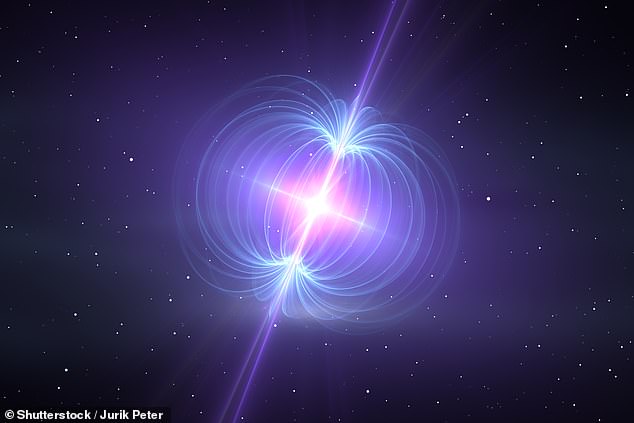First fast radio burst discovered in the Milky Way traced to a magnetar 32,616 light-years away
The first fast radio burst to be discovered in the Milky Way has been traced back to a magnetar — a neutron star with a strong magnetic field — 32,616 light-years away. Fast radio bursts are mysterious, brief pulses of energy whose origins have long been unclear but are used to probe the space across … Read more





